
Mogilany
Elaboration author
Emilia Karpacz
Monuments
Parishes
People
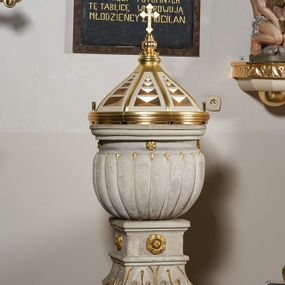
Baptismal font
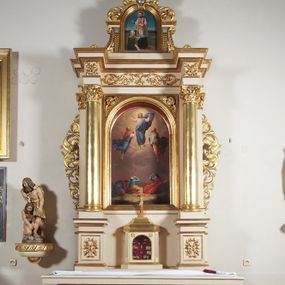
Right side altar of the Transfiguration of Jesus
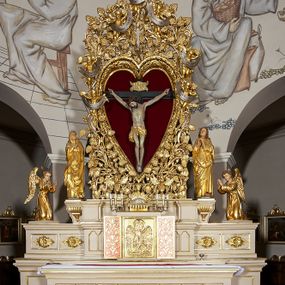
High altar of the Crucified Christ
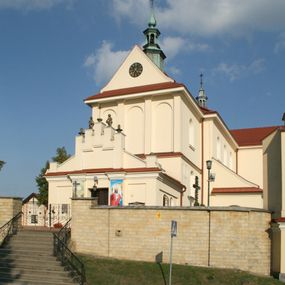
The Church of St. Bartholomew in Mogilany

Altar of Madonna of Częstochowa
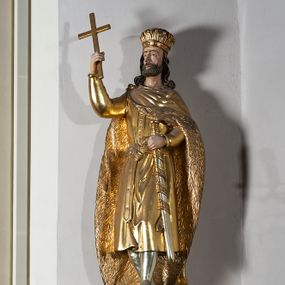
St. Stephen
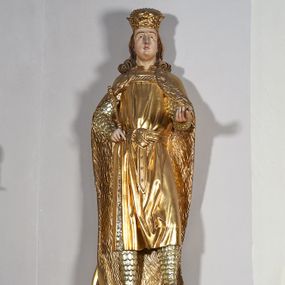
St. Louis
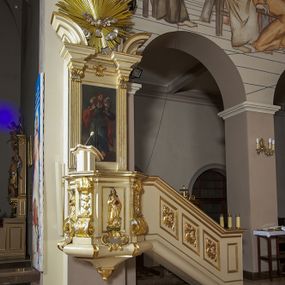
Pulpit
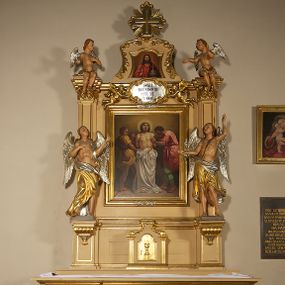
Left side altar of St. Bartholomew
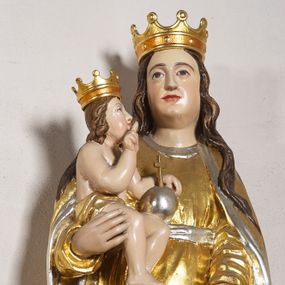
Madonna and the Child
History abstract
The town was originally owned by the ruler. It was first mentioned in a document from 1231, in which the wife of Leszek Biały, Princess Grzymisława, confirmed handing over the Mogilian estate to the voivode of Cracow, Teodor Gryfit, by the widow of the Castellan of Cracow, Goworek, of the Rawicz coat of arms. The document explains that Goworek received the village from Leszek Biały. After Gryfit's death, the village became the property of the Cistercians by virtue of the testament. In 1325, the parish of St. Bartholomew in Mogilany was mentioned for the first time in the Peter's pence lists. In 1560 the Cistercians exchanged goods with Spytek Laurence Jordan. In exchange for the estates located near Szczyrzyca, where monks resided, they handed over Mogilany, Głogoczów and Włosań to the Great Treasurer of the Crown. In 1560-1567, on the initiative of the new owner, a magnificent Renaissance manor house was built in the village, which was frequently visited by the leading intellectuals of that time. The press of the printing house operating in the palace has published, among other things, works by Mikołaj Rej. Around 1600 the estate was sold by the Jordans to Mikołaj Borek from Trzcińca. Half a century later, the town was destroyed during the Swedish Deluge. As a result of the family's connections, the estate returned to the hands of one of the Jordan lines, eventually burdened with debts and sold by Stefan Jordan to Józef Massalski, whose granddaughter brought it in as dowry to Franciszek Potocki. In 1802 Mogilany and Głogoczów became the property of the Konopka family and remained in their hands until 1945. In the 1960s, the devastated manor house in Mogilany was handed over to the Polish Academy of Sciences.
How to cite?
Emilia Karpacz, "Mogilany", [in:] "The Sacred Lesser Poland Heritage", 2026, source: https://sdm.upjp2.edu.pl/en/places/mogilany-1
